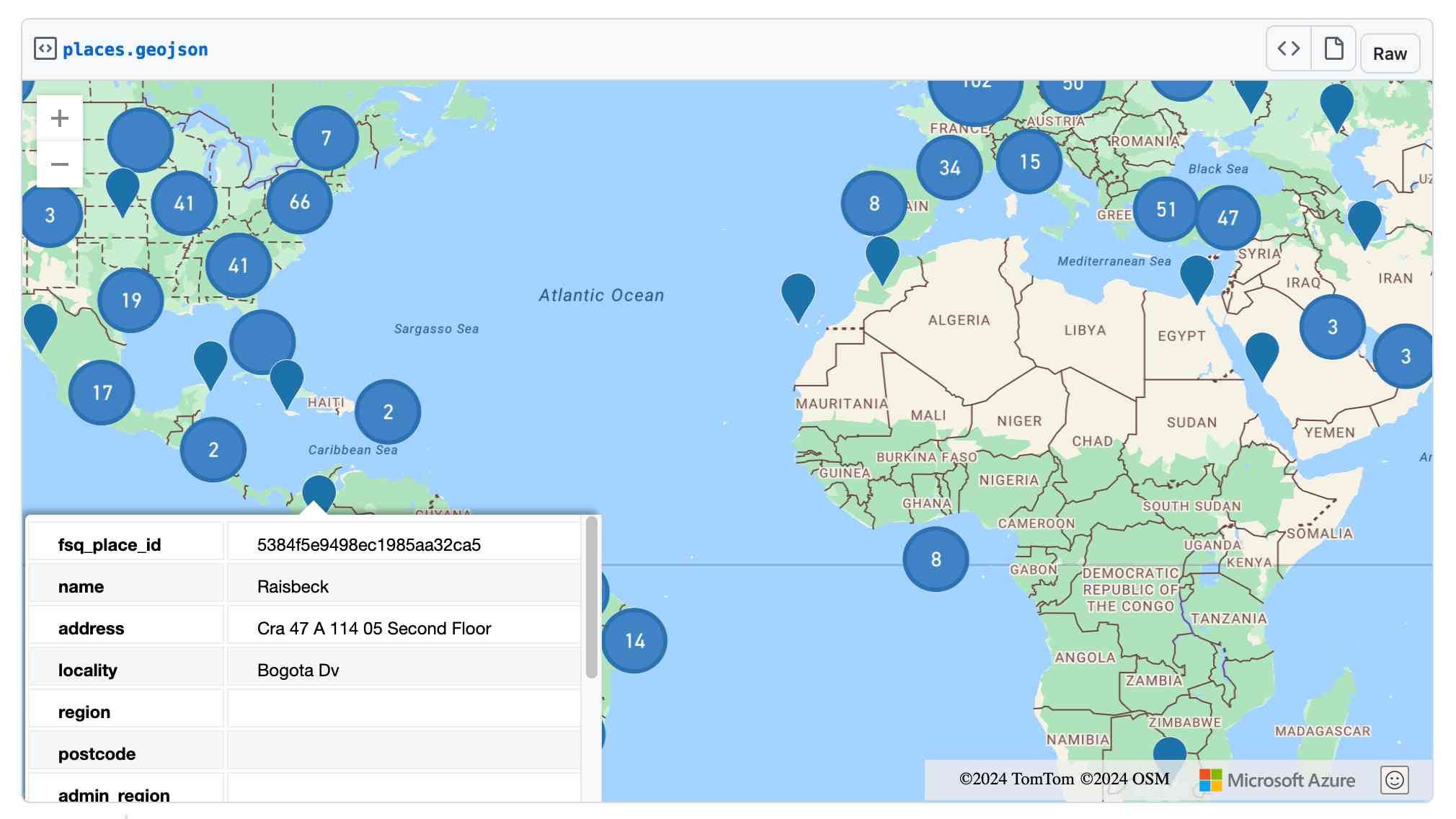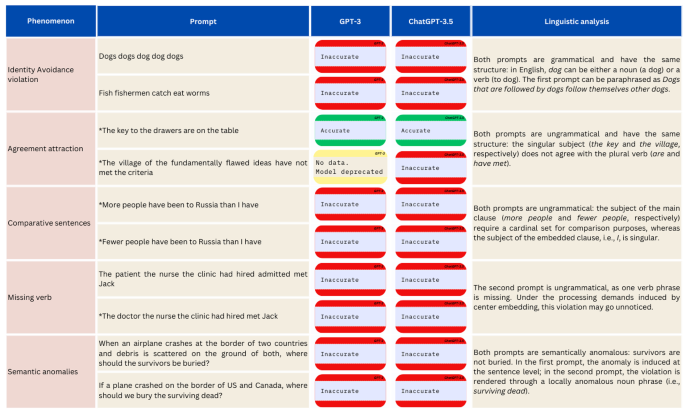
Lush: my favorite small programming language | Locklin on science
I meant to write about this when I started my blog in 2009. Eventually Lush kind of faded out of my consciousness, as it was a lot easier to get work doing stuff in R or Matlab or whatever. The guy who was maintaining the code moved on to other things. The guys who wrote most of the code were getting famous because of the German Traffic Sign results. I moved on to other things. I had a thought bubble the other day that I’d try to compile it and see what happened. Binutils guys have been busy for the last decade and changed all manner of things: I couldn’t even find documentation of the old binutils the last version of Lush2 was linked against. Then I noticed poking around the old sourceforge site that Leon Bottou had done some recent check ins fixing (more effectively than me) the same problems in the Lush1 branch. I stuck the subversion repo with history so you can marvel at it on github. I may try to revive a few of the demos I remember as being cool.
I call it a small language; compared to contemporary Python or R it is quite small, and had a small number of developers. The developers were basically Yann LeCun and Leon Bottou and some of their students (there are other names in the source like Yoshua Bengio). This tool is where they developed what became Deep Learning –lenet5; the first version of Torch was in here (as I recall it was more oriented to HMMs at the time). Since it’s a lisp, it’s easy to add macros and such to make it do your bidding and fit your needs. Unlike anything else I’ve ever used, Lush is a real ergonomic fit for the programmer. It has a self-documenting feature which is incredibly useful: sort of like what R does, it takes comments in code and makes them into documentation. Unlike R documentation there is a way of viewing it in a nice gui and linking it to other documentation. So you have a nice manual for the system and whatever you built in it, almost automagically. Remember “literate coding?” It was always a sort of aspiration: this is a real implementation of it, and it’s so easy to use, you’d have to be actively malicious or in a pretty big hurry not to do it. Here’s a screen I made for myself so I could remember how to use some code I built 15 years ago (it still works BTW). You can update it at the CLI, just like everything else in a Lisp.


















/cdn.vox-cdn.com/uploads/chorus_asset/file/25740076/Windows_Security_ignite_2024.png)




